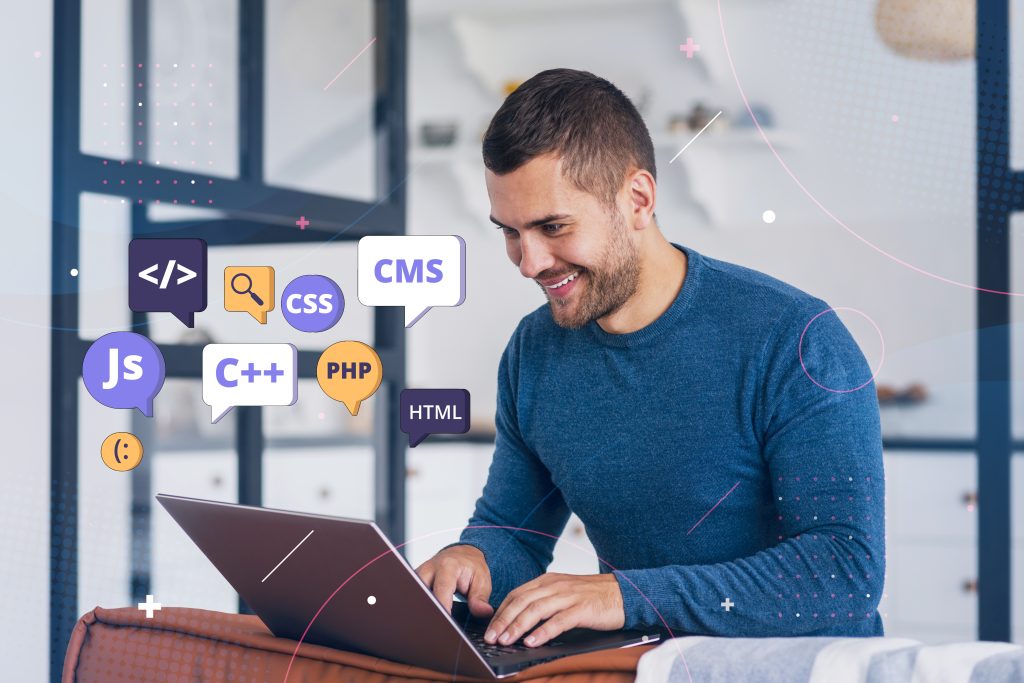Introduction
- Briefly introduce how web development is constantly evolving to meet user expectations and new technological advancements.
- Highlight the importance of staying up-to-date with trends to remain competitive and provide optimal user experiences.
- Mention that this article will cover the top 5 trends for 2024, focusing on how they’re shaping the web and their potential benefits.
Trend 1: AI and Machine Learning for Enhanced Personalization
- Overview: Describe how artificial intelligence (AI) and machine learning (ML) are being integrated into web development to create personalized, intuitive user experiences.
- Benefits: Explain that AI can analyze user data to provide customized content, product recommendations, and even chatbot interactions that feel natural and helpful.
- Example Applications: Discuss applications like AI-powered chatbots for customer support, ML-driven content recommendations, and AI-based predictive search.
- Why It Matters: AI enhances user engagement and satisfaction, helping businesses build better customer relationships and increase conversions.
Trend 2: Progressive Web Apps (PWAs) for Seamless User Experiences
- Overview: Explain what PWAs are – web applications that work like native mobile apps, offering offline functionality, fast load times, and app-like interactions without needing an app store download.
- Benefits: Describe how PWAs can boost engagement, improve loading speeds, and work across devices. They offer a cost-effective alternative to traditional mobile apps.
- Example Applications: Mention examples of well-known companies (like Twitter, Starbucks) that have successfully used PWAs to enhance user experiences.
- Why It Matters: PWAs offer a seamless, high-performance experience that meets users’ expectations for speed, accessibility, and reliability, especially on mobile devices.
Trend 3: Voice Search Optimization and Voice User Interfaces (VUIs)
- Overview: Discuss the increasing popularity of voice-activated devices and how websites are now being optimized for voice search.
- Benefits: Explain that optimizing for voice search improves accessibility and allows users to navigate websites hands-free, which can enhance user experience and improve SEO.
- Example Applications: Mention how voice assistants like Siri, Alexa, and Google Assistant are influencing user search behavior, and how websites can be adapted to meet these new user habits.
- Why It Matters: Voice search optimization can help businesses reach a broader audience, including users with accessibility needs, and aligns with Google’s focus on natural language search.
Trend 4: Motion UI for Interactive and Dynamic Web Design
- Overview: Describe how motion UI adds dynamic animations, micro-interactions, and transitions to websites, making the browsing experience more interactive and visually engaging.
- Benefits: Motion UI can guide users through the website, highlight important information, and make the interface more intuitive. It also enhances the aesthetic appeal of a website.
- Example Applications: Examples include interactive product showcases, hover animations, and scrolling effects that capture user attention and encourage exploration.
- Why It Matters: Motion UI boosts engagement, helps users understand content, and can differentiate a brand by creating memorable experiences.


